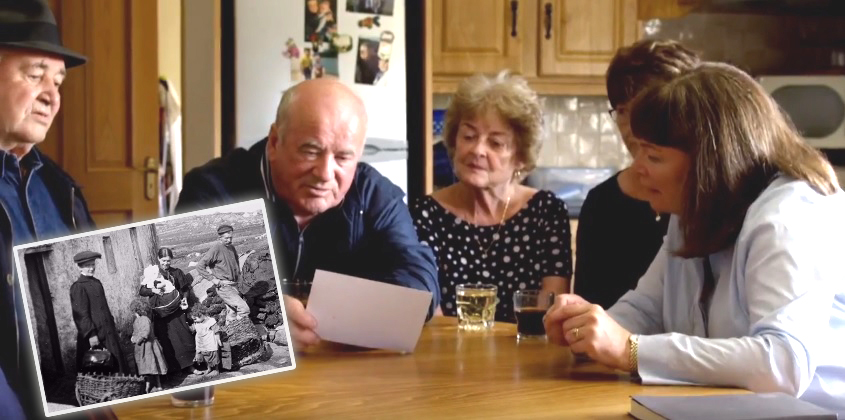TV viewers will be stepping back in time this week to discover the ground-breaking work of district nurses in Donegal in the early 1900s.
Episode two of Tríd an Lionsa (Through the Lens) on Thursday at 8pm will study early photography from Arranmore Island to tell the story of Jubilee Nurses.
Focus is placed on a photo of a Jubilee Nurse outside a cottage, which depicts an influential time in history when professional women worked in remote rural areas. The photo, believed to have been taken by Robert J. Welch, dates from the 1900s.
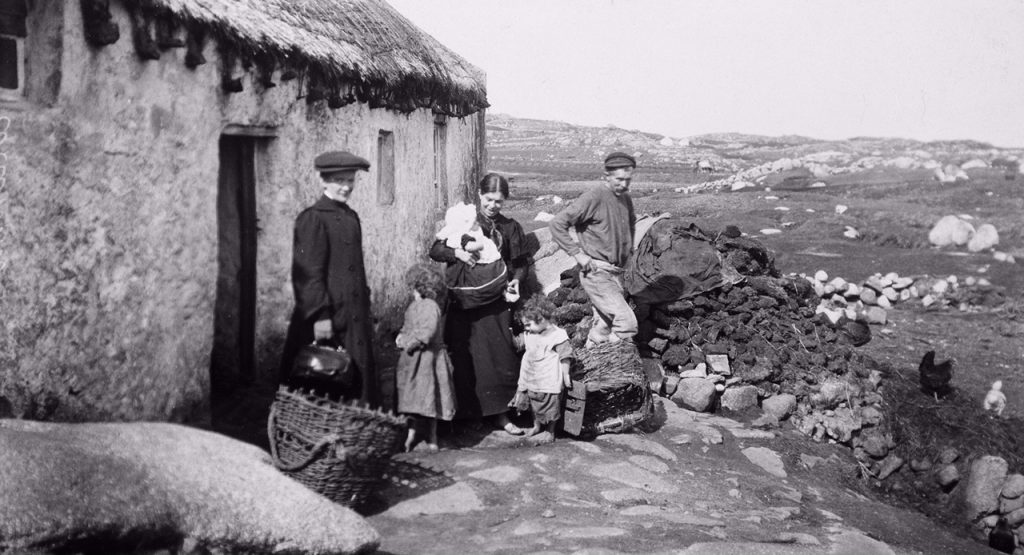
Jubliee Nurses of Arranmore Donegal – photographer Robert J Welch
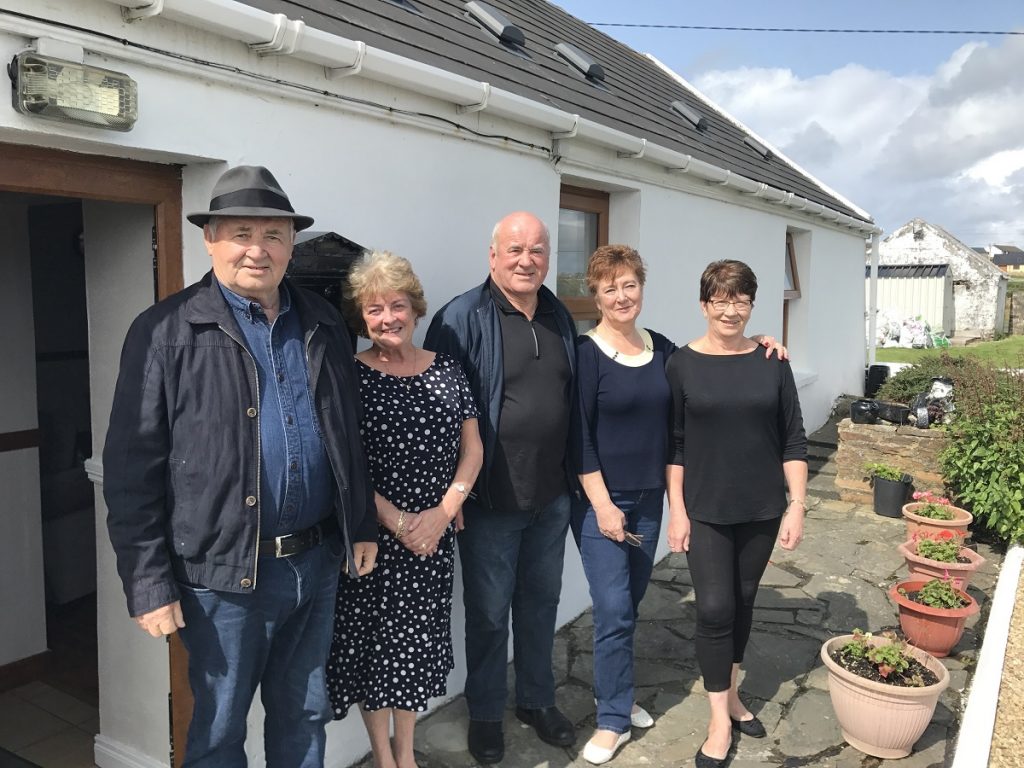
The documentary meets the family of Sarah McCauley/Gallagher, the infants in the historical photo – Hughie, Mary, Lawrence, Mary agus Kathleen Gallagher.
The documentary will follow presenter Dr. Úna Ní Bhroiméil as she uncovers the personal story behind the photo.
Pictured in the image is Nurse Kavanagh who spent some years on Arranmore living in the house built specifically on the island for the Nurses use. The house was called ‘The Nurses’ which still exists and is in private ownership.
The baby in the image is Sarah McCauley with her parents Sarah and Charlie McCauley and two of her four siblings, two sisters and two brothers.
“Closer examination of the story reveals that individuals in this image suffered their own tragedy,” programme makers said.
Details released ahead of the episode air date presents a snapshot of the Jubilee Nurses and the nursing profession 100 years ago:
“It should be noted that very few women were involved in the professions at the turn of the century and most would have emanated from the middle classes.
“Nursing was not regarded as a profession as we would recognise today, back then it was new, female dominated and considered a vocation to be conducted for a few years prior to marriage.
“As distinct from ‘lay women’ Ireland was served primarily by ‘nursing nuns’ who had varying degrees of competencies but, and mainly because they worked for little or no pay, by 1903 they dominated nursing in Poor Law Union hospitals.
“The degree to which they could ‘Nurse’ was very constrained by Canon Law until 1937.
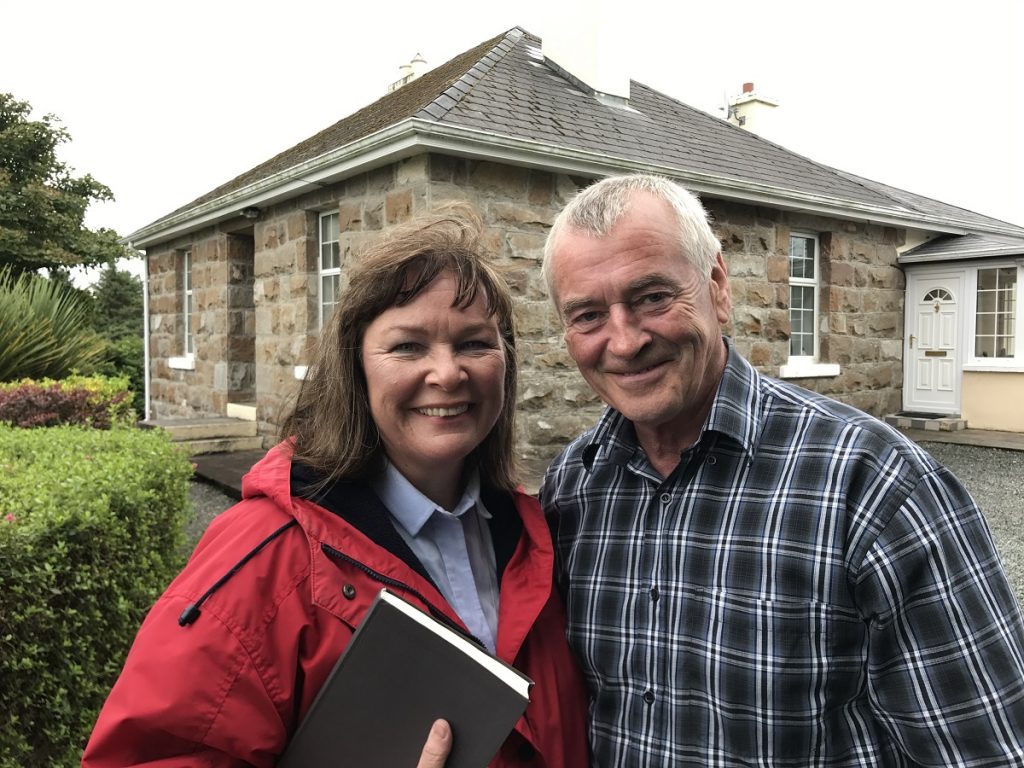
Presenter Dr. Úna Ní Bhroiméil and Niall Mac Eachmharcaigh
“In such a milieu it is unsurprising that the introduction of middle-class, and invariably Anglican, ‘Jubilee’ nurses to Ireland met with the polemics of antipathy and desperate need.
“Jubilee nurses were women who were trained by bodies associated with the Queen Victoria’s Jubilee Institute for Nurses (Q.N.I.), which was established in 1887 with £70,000 of an initial fund of £82,000 collected as a gift for the queen’s jubilee.
“The salary of the nurse in this image was paid out of charitable funds set up by Lady Rachel Dudley in 1903.
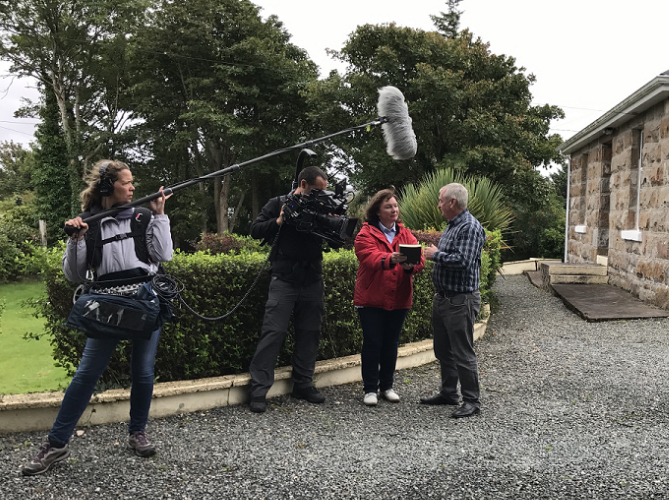
Filming in Anagaire in August – from left, Sound Recordist Mary Harkin from Machine Rabhartaigh, Director of Photography Cathal Watters , presenter Dr. Úna Ní Bhroiméil, MIC Limerick and Niall Mac Eachmharcaig
“Dudley was appalled at the level of maternal mortality in rural Ireland and astutely identified the solution to the problem. She wrote letters to the Times of London about the devastating effects of poor medical services that she witnessed in Connemara and so the Charity began.
“Jubilee nurses were always female, they were perceived as maternal figures and the remit of those engaged in the public healthcare setting was broadly defined. On entering a household nurses were expected to conduct domestic duties, such as, cooking and cleaning as well as caring for children.”
This episode in series two of Tríd an Lionsa airs on TG4 at 8pm on Thursday 25th January and will be available online at TG4.ie
Tags:








